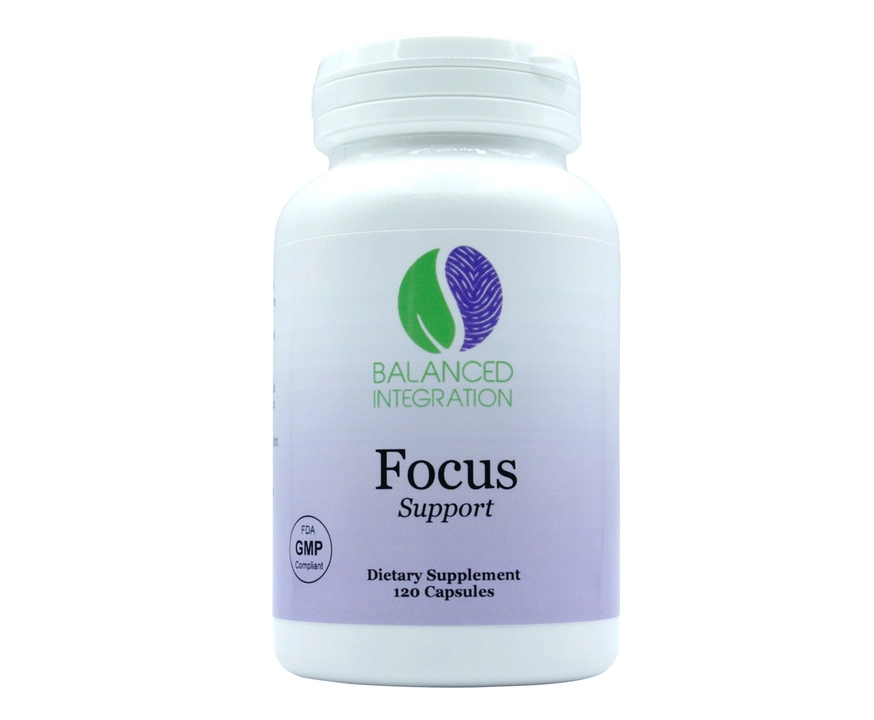Healing Properties: How Nature and Medicine Help You Feel Better
When you hear "healing properties," what comes to mind? Maybe you think of herbal teas, supplements, or prescription meds. The truth is, healing properties show up in many forms—from plants to pharmaceuticals. Understanding how these work can help you make smarter choices for your health.
Natural Healing Properties You Can Use Every Day
Plants have been healing humans for thousands of years. Herbs like ginger calm upset stomachs, while turmeric fights inflammation. Yerba Santa, for example, is an herbal supplement people use for respiratory support and boosting overall wellbeing. These natural options often carry fewer side effects and can be part of a daily wellness routine.
But remember, “natural” doesn’t always mean safe for everyone. It’s key to check with your healthcare provider, especially if you’re taking other medications.
Medicines With Proven Healing Properties
On the flip side, pharmaceutical meds like Eliquis (a blood thinner) or Dilantin (for seizure control) have specific healing powers backed by science and trials. These drugs target disease symptoms directly and often save lives. For example, knowing how Levaquin works as an antibiotic helps you understand its role and risks.
It’s smart to combine the knowledge of natural remedies and medications to find a balanced plan. Whether you want to ease menstrual cramps with Levonorgestrel or manage fluid retention with herbal diuretics, having clear info on healing properties puts you in control of your health journey.
Want to learn more about specific treatments or natural supplements? Exploring topics like safe purchasing of medications online or alternatives to certain drugs can expand your options. Healing isn’t one-size-fits-all, but with the right facts and tools, you can find what fits you best.

